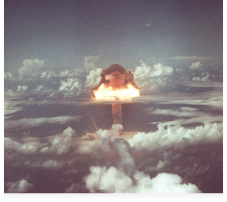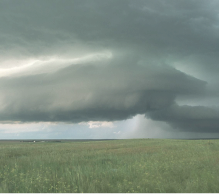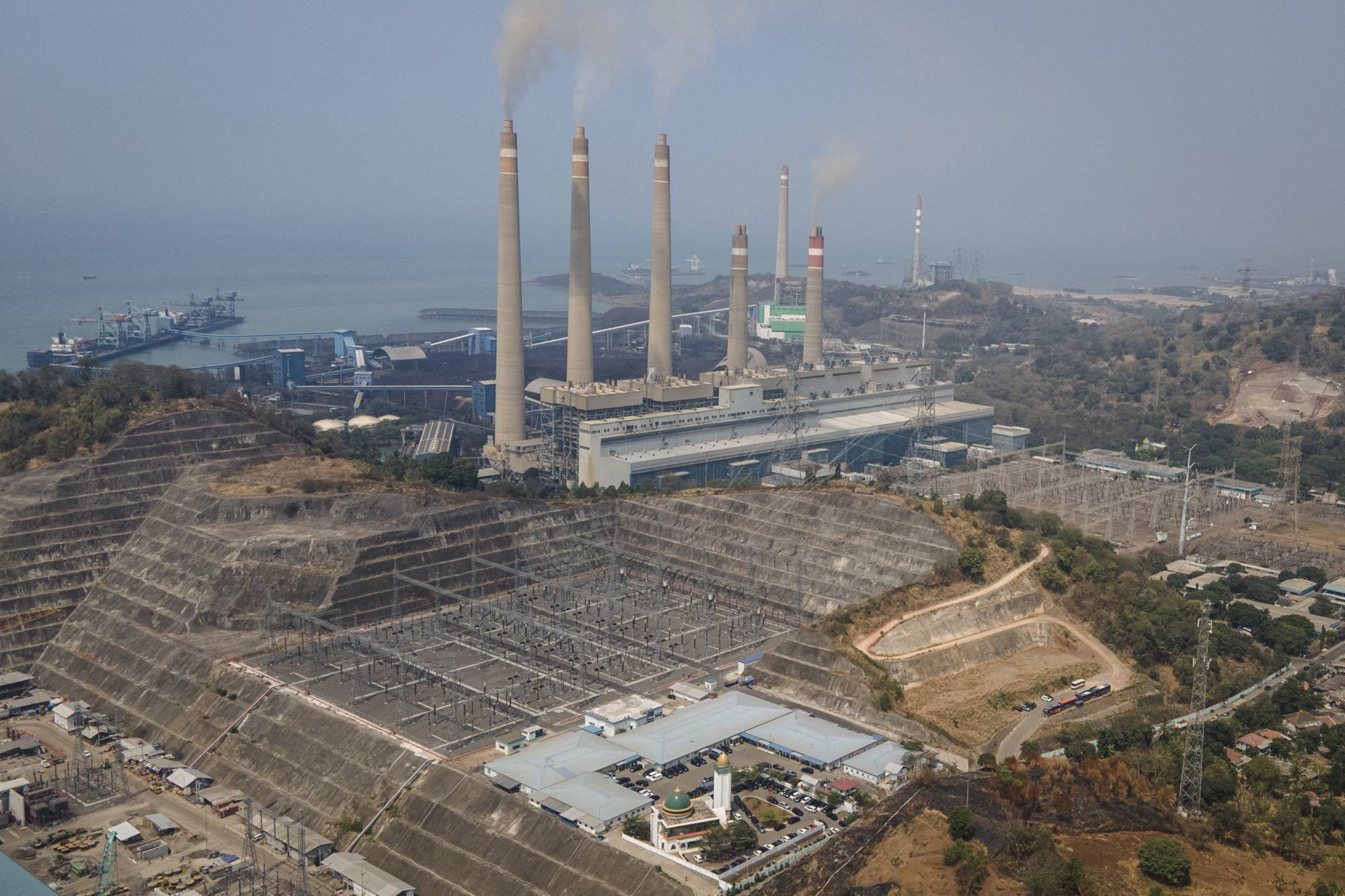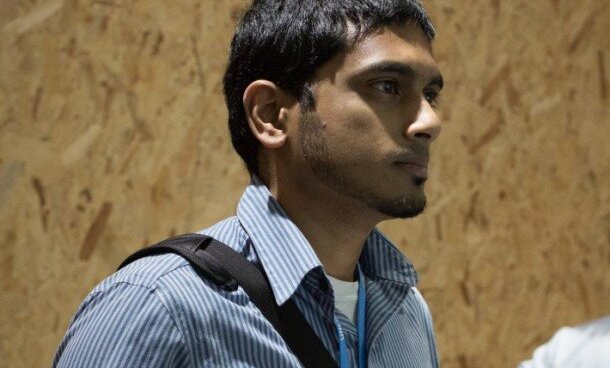Getty Images
Read the Latest
- Crumbling silos, rushed deals – how US blew missile budget by billions
- US nuke silos get $140 billion upgrade. Are they a liability or asset?
- Fallout maps show what could happen if America’s nuclear missile silos were attacked
- How to kill a rogue AI
- The New START Treaty is expiring. Where does that leave Europe's nuclear arsenal?
TopicsStories
Educational Resources
- Projects
- Events
- Our Team
- Stories and Resources
- Latest Stories
- Crumbling silos, rushed deals – how US blew missile budget by billions
- US nuke silos get $140 billion upgrade. Are they a liability or asset?
- Fallout maps show what could happen if America’s nuclear missile silos were attacked
- How to kill a rogue AI
- The New START Treaty is expiring. Where does that leave Europe's nuclear arsenal?
- Topics
- Educational Resources
- Newsletter
- Connect



